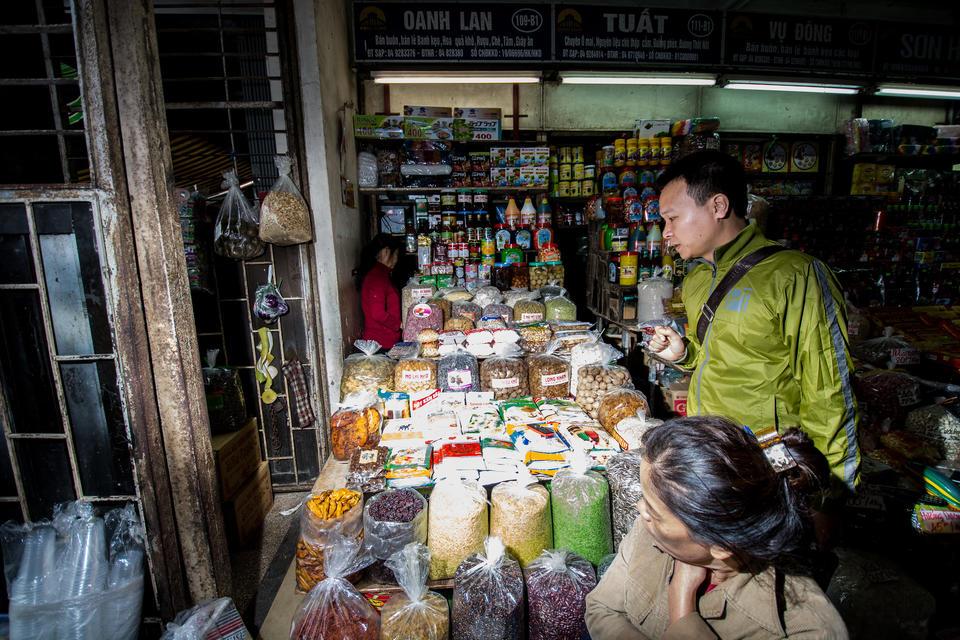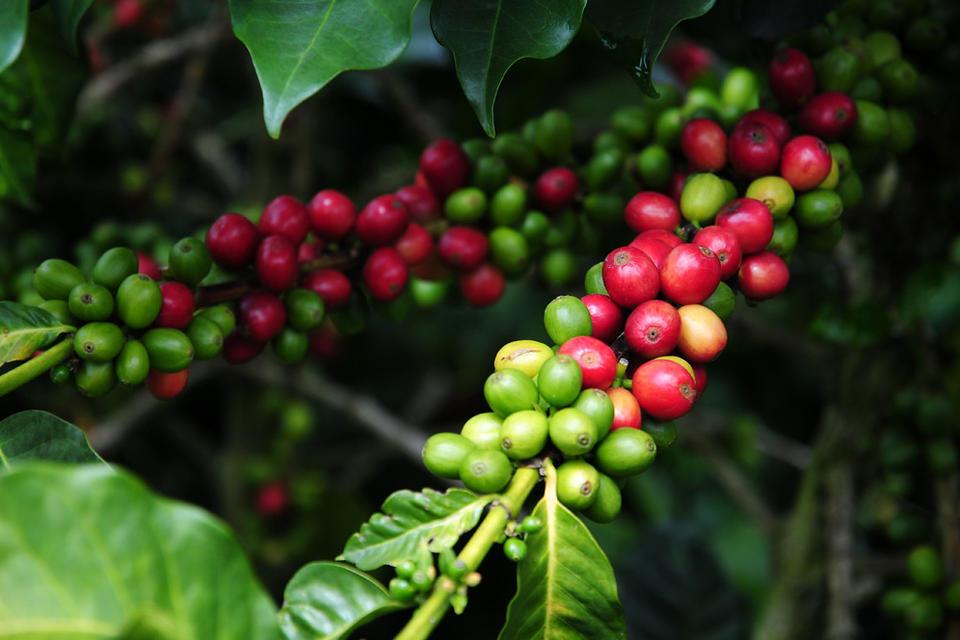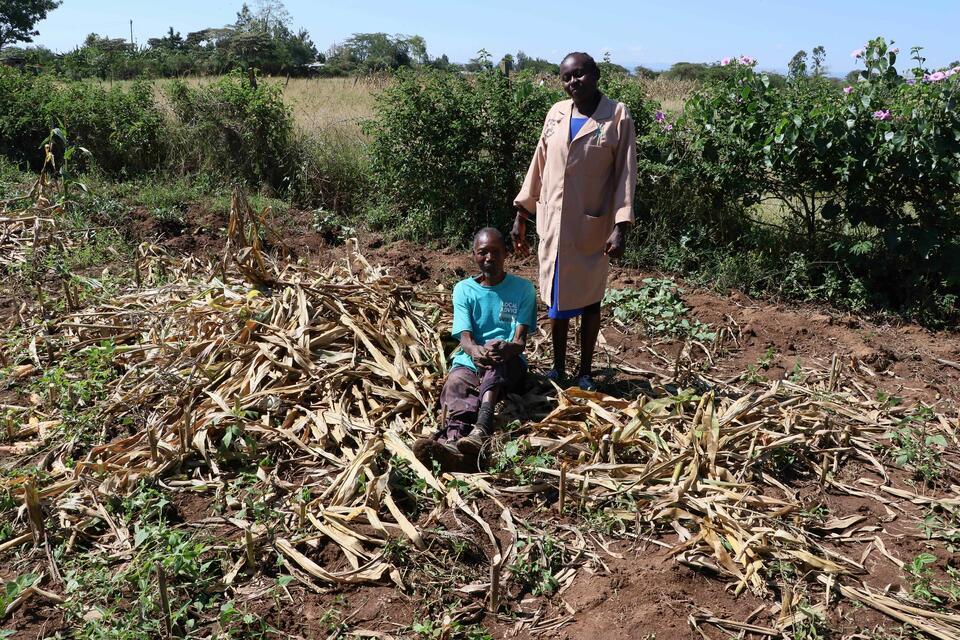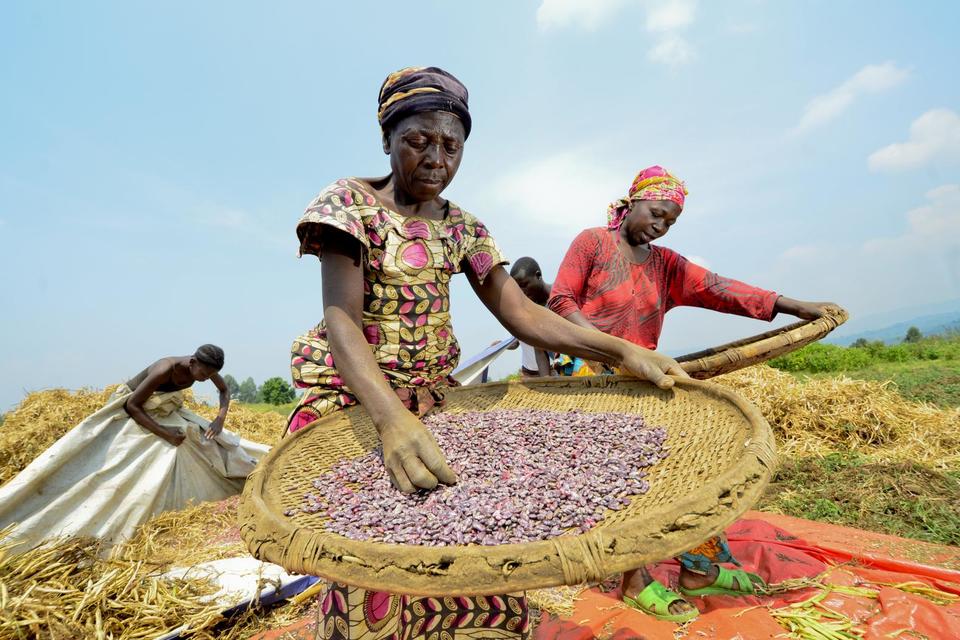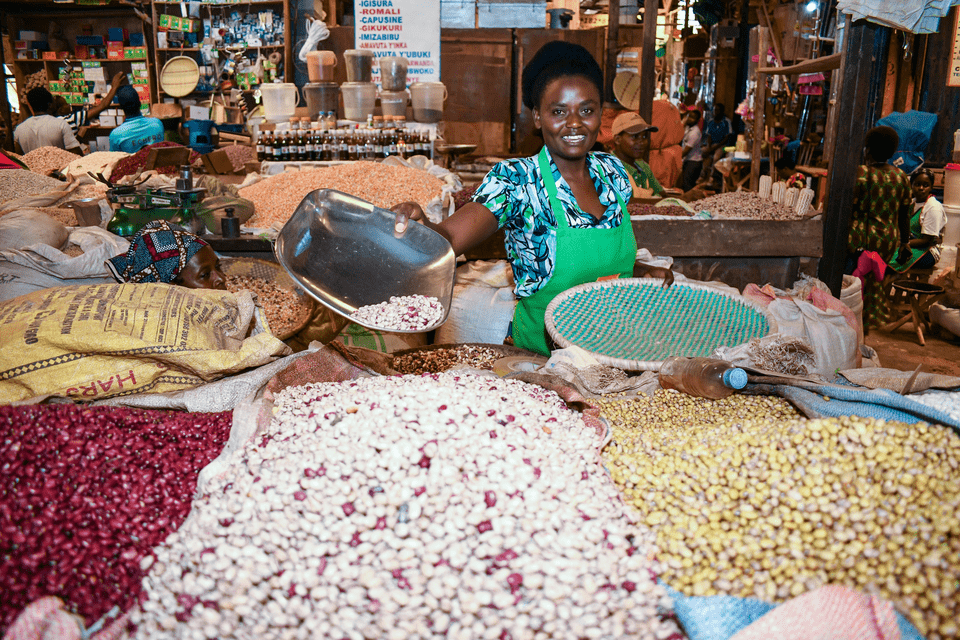
Unhealthy diets are among the main factors contributing to the triple burden of malnutrition, which is affecting the health and wellbeing of billions of people. Our global work on crop improvement addresses this challenge with tangible, science-based, and holistic solutions – at the nexus between agriculture, the environment, and nutrition.
Building on our extensive experience using advanced technologies to breed a diverse range of crops, as well as on our work on participatory approaches, our team of scientists designs country-specific crop improvement solutions.
Working with multi-sector partners, we also co-develop lean and adaptable seed systems and innovation platforms, ensuring prompt access to improved cultivars and crop management methods to farmers.















